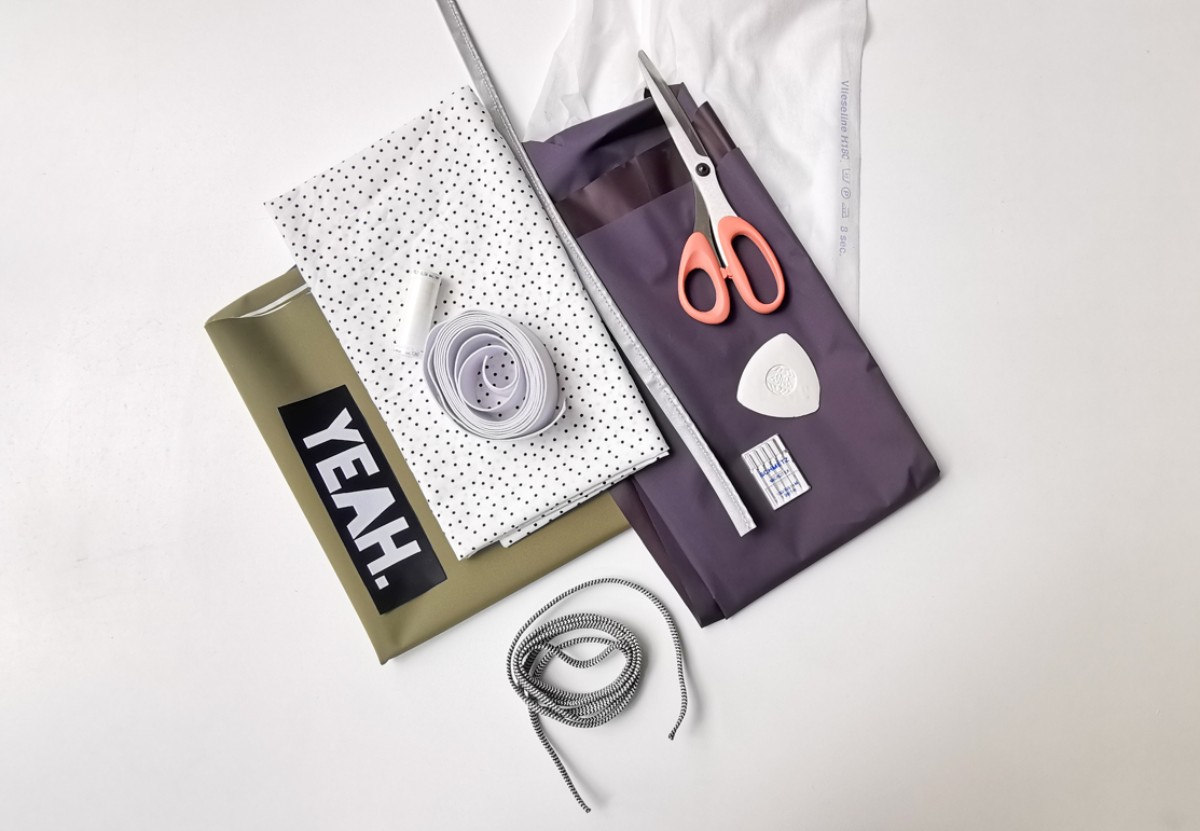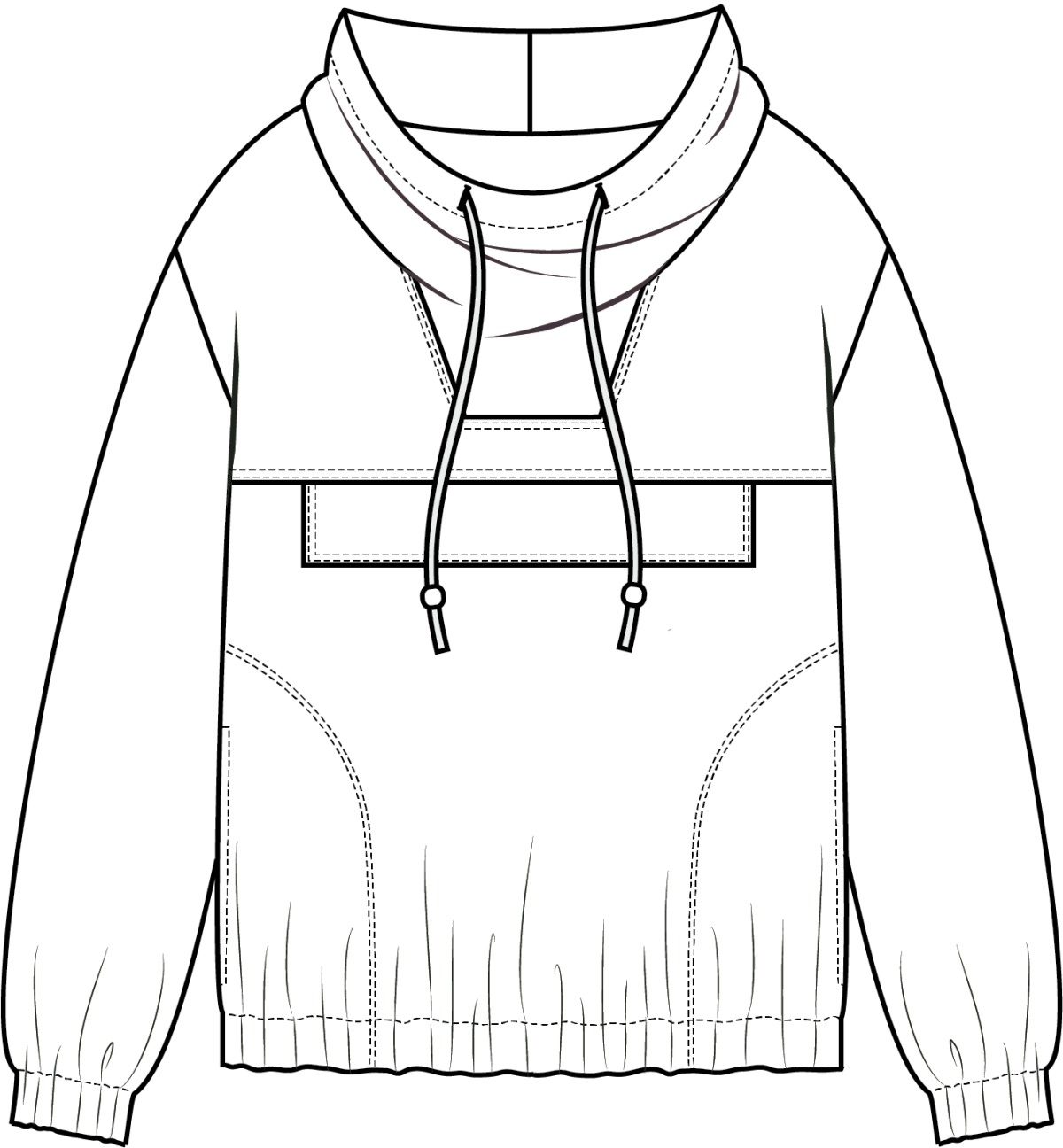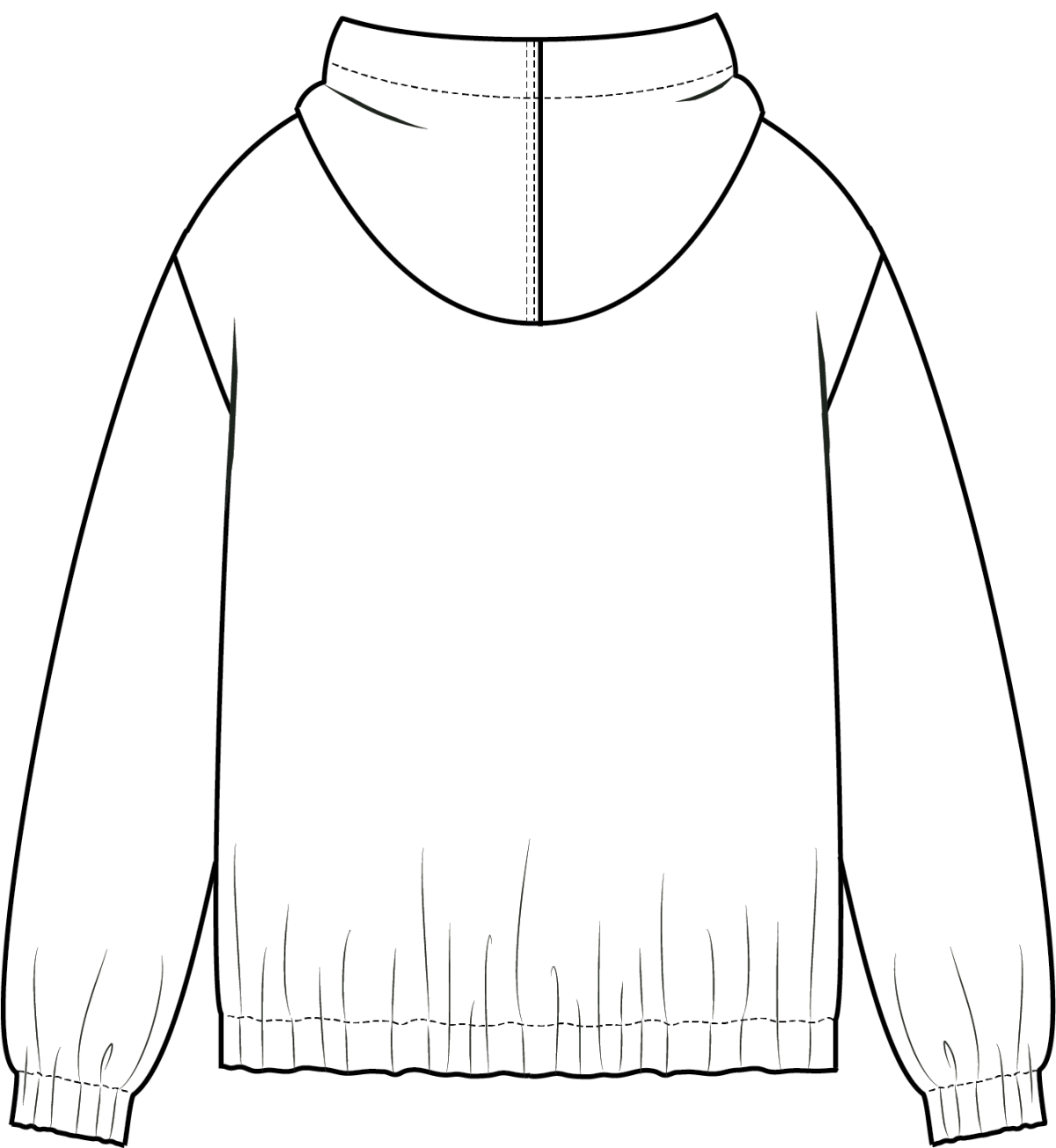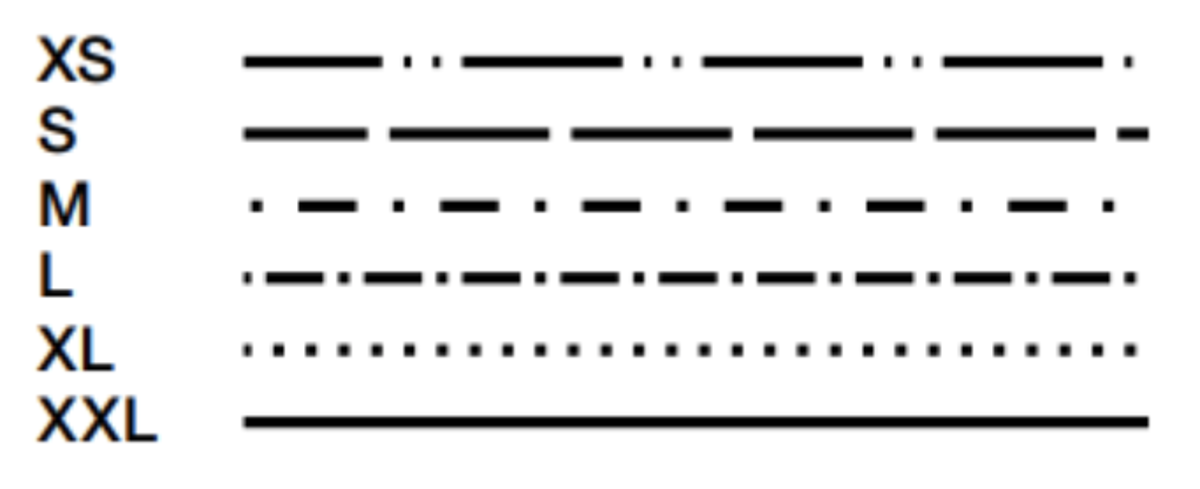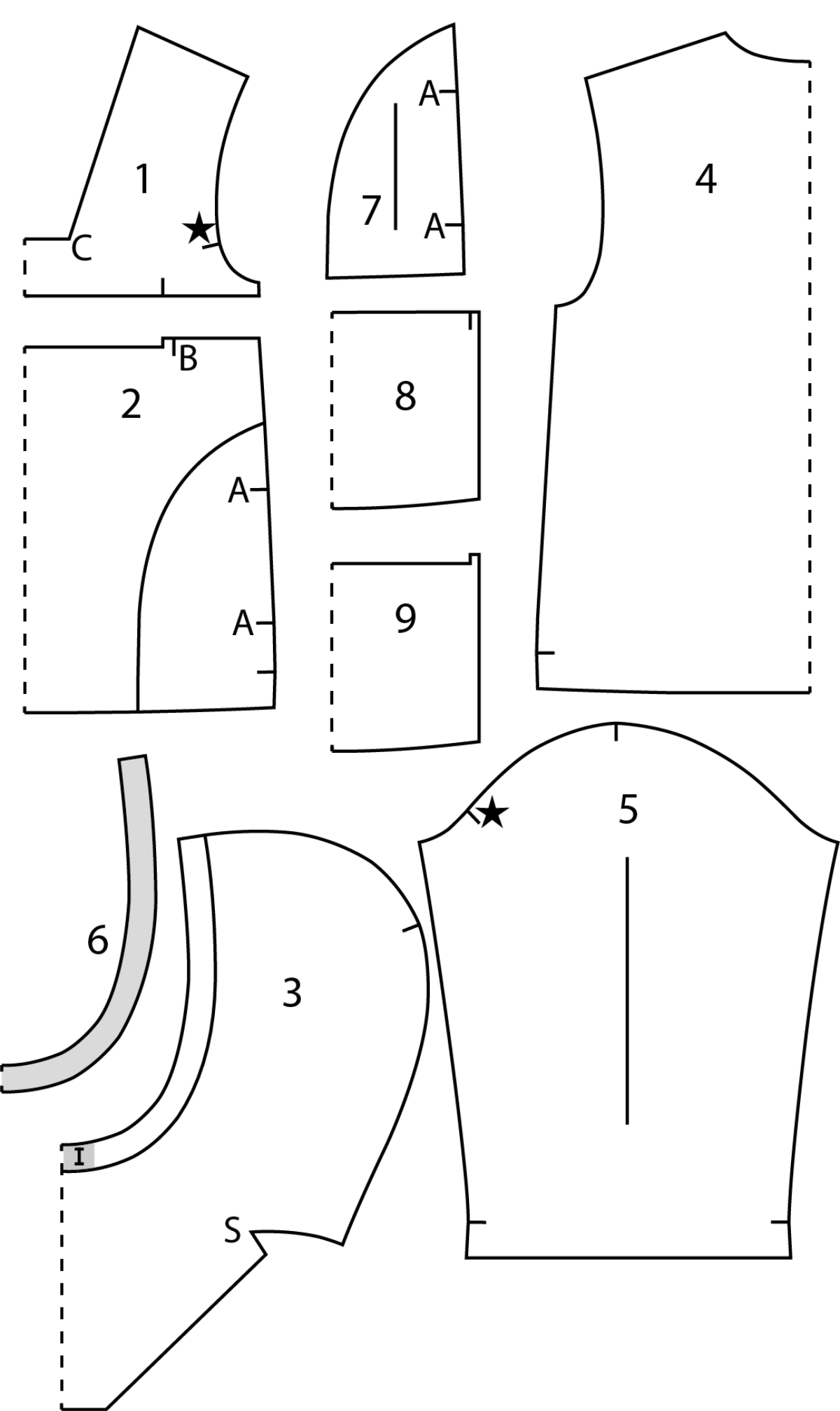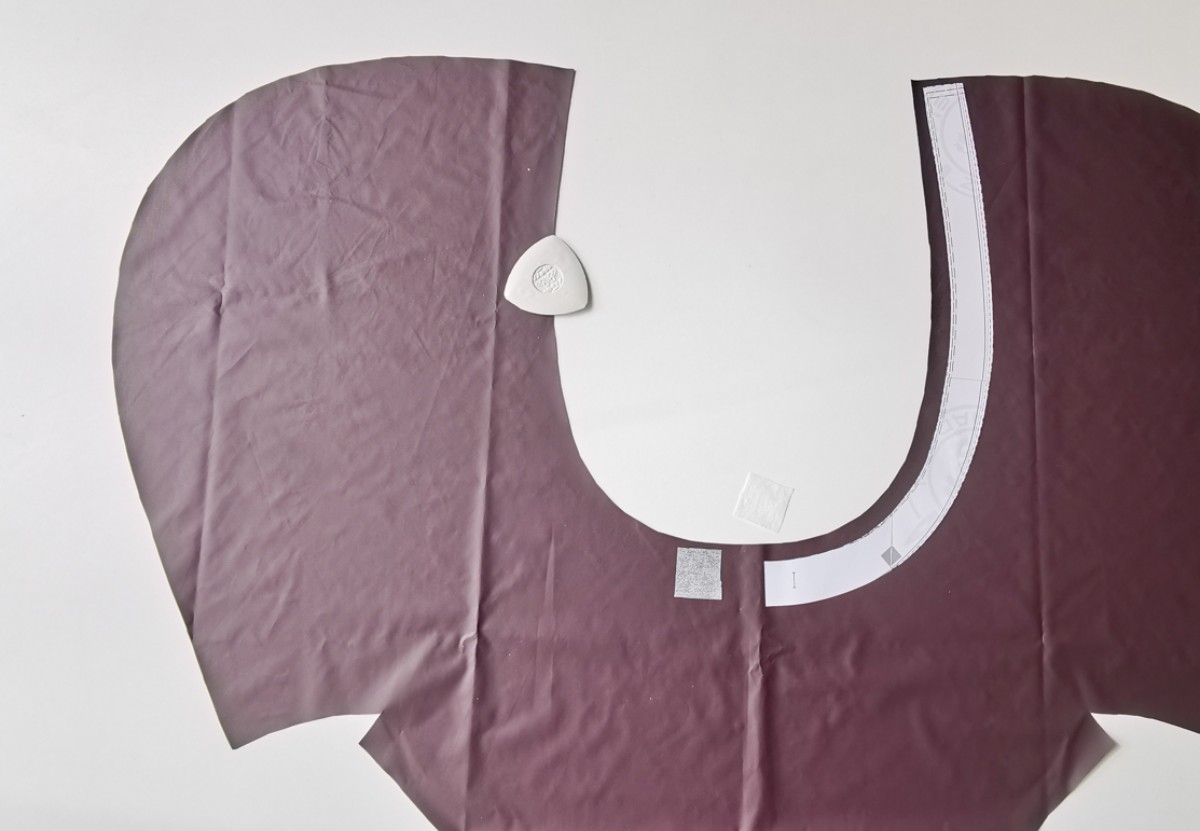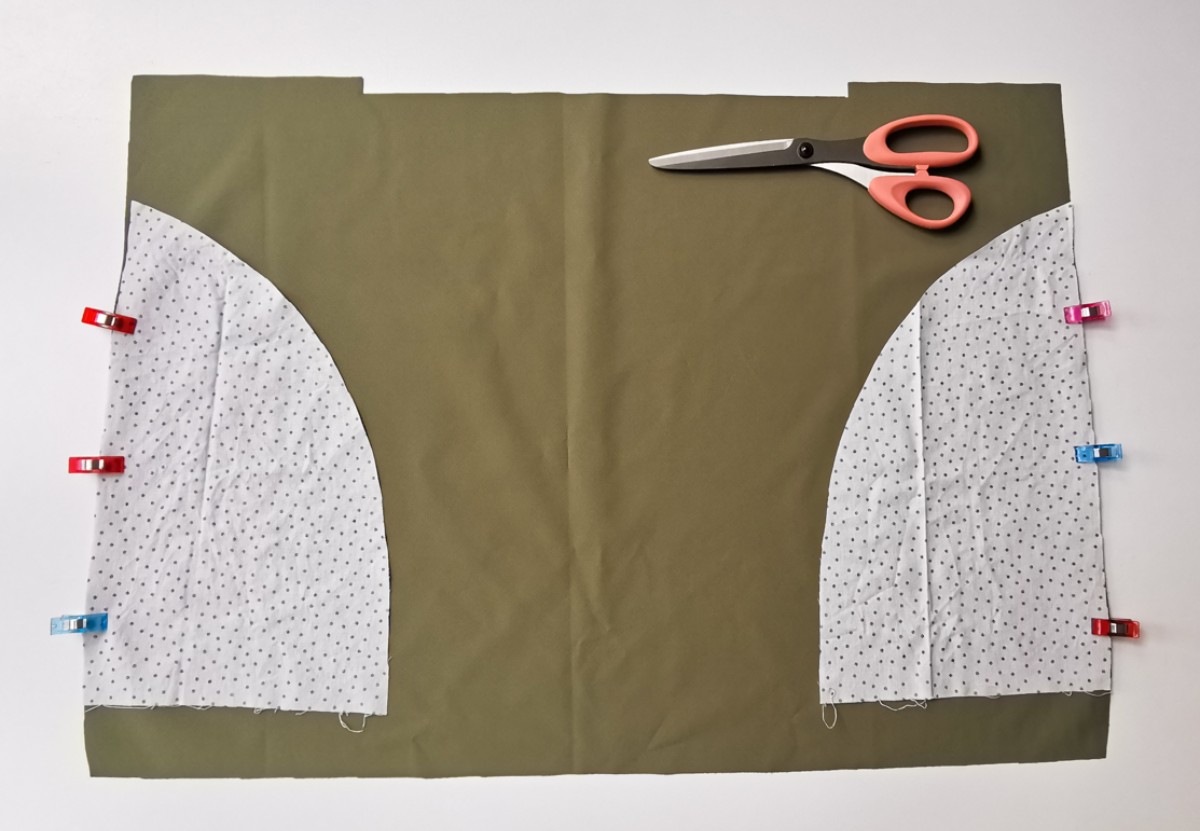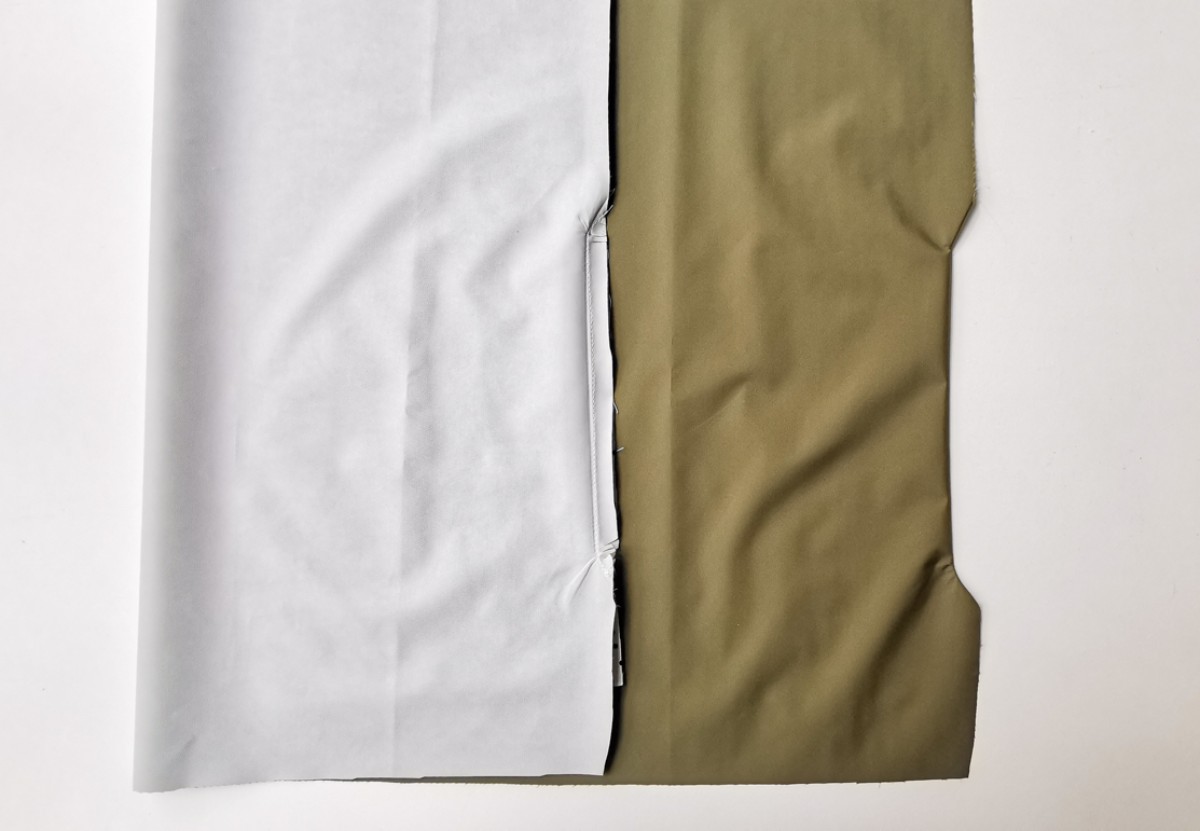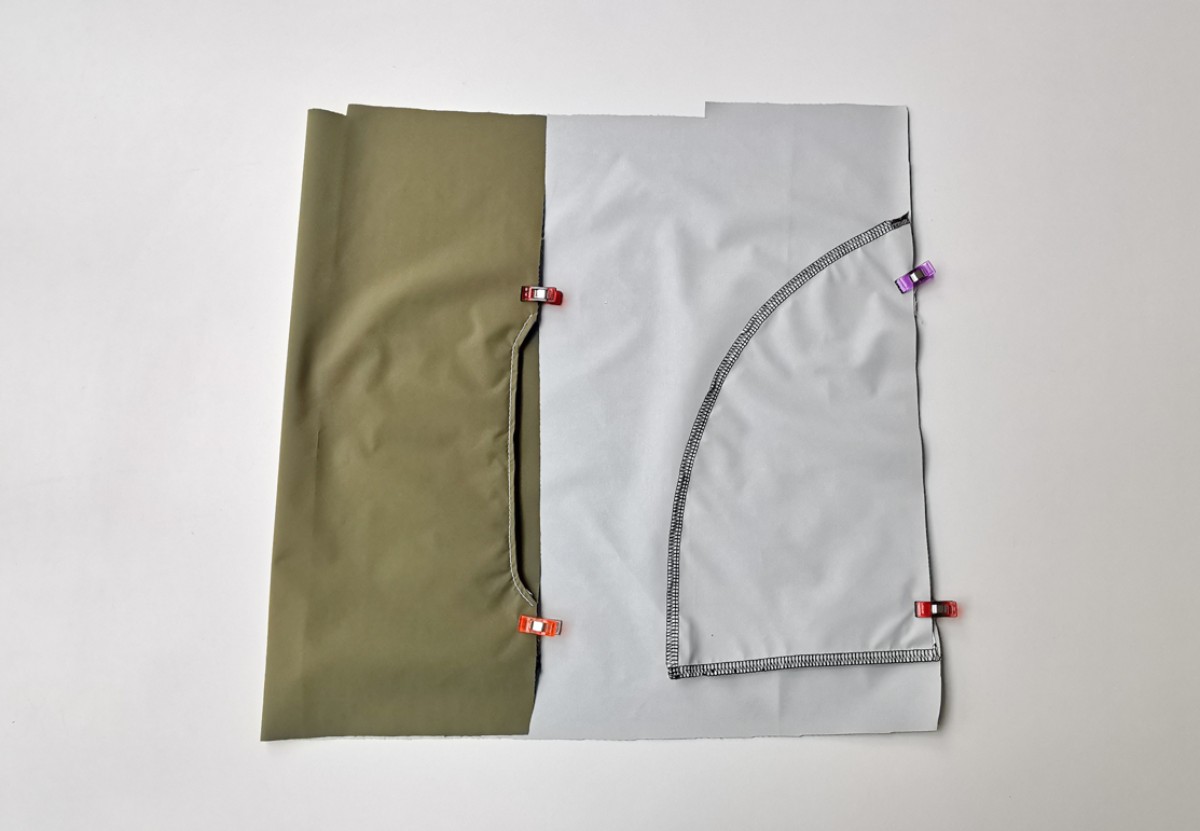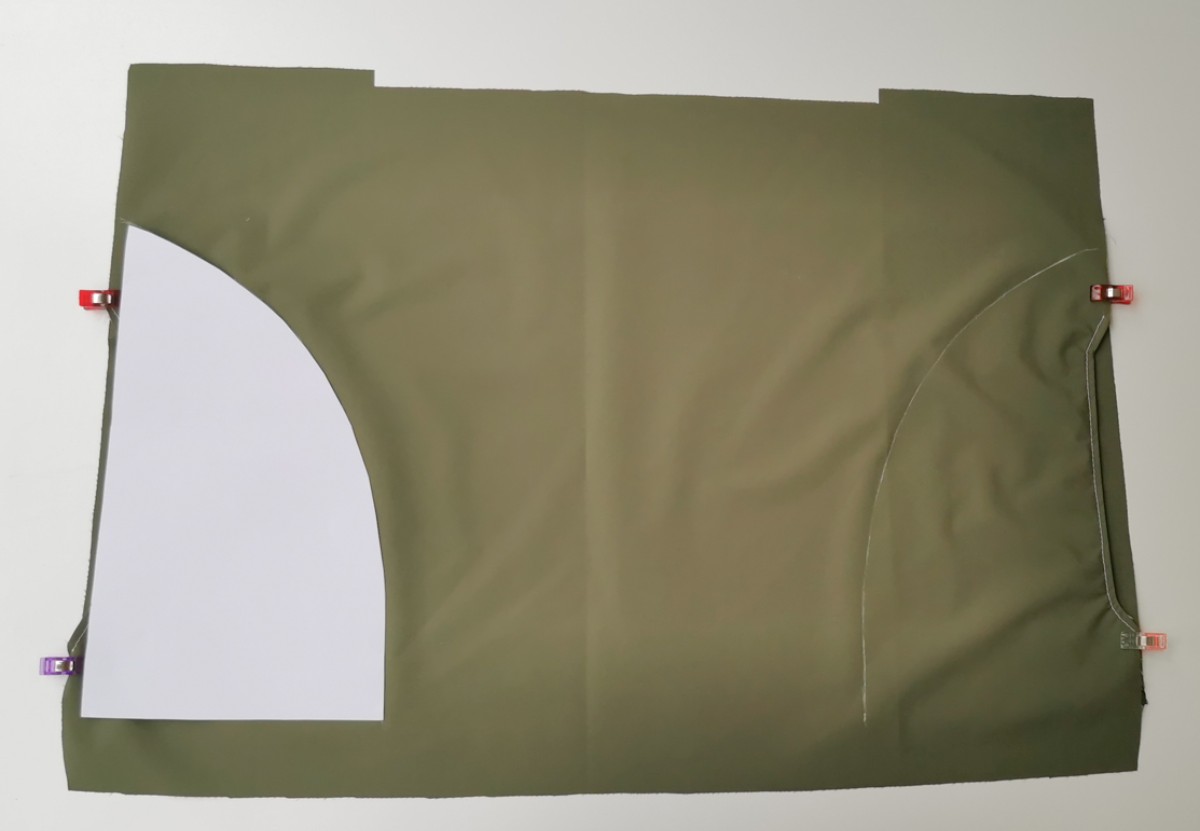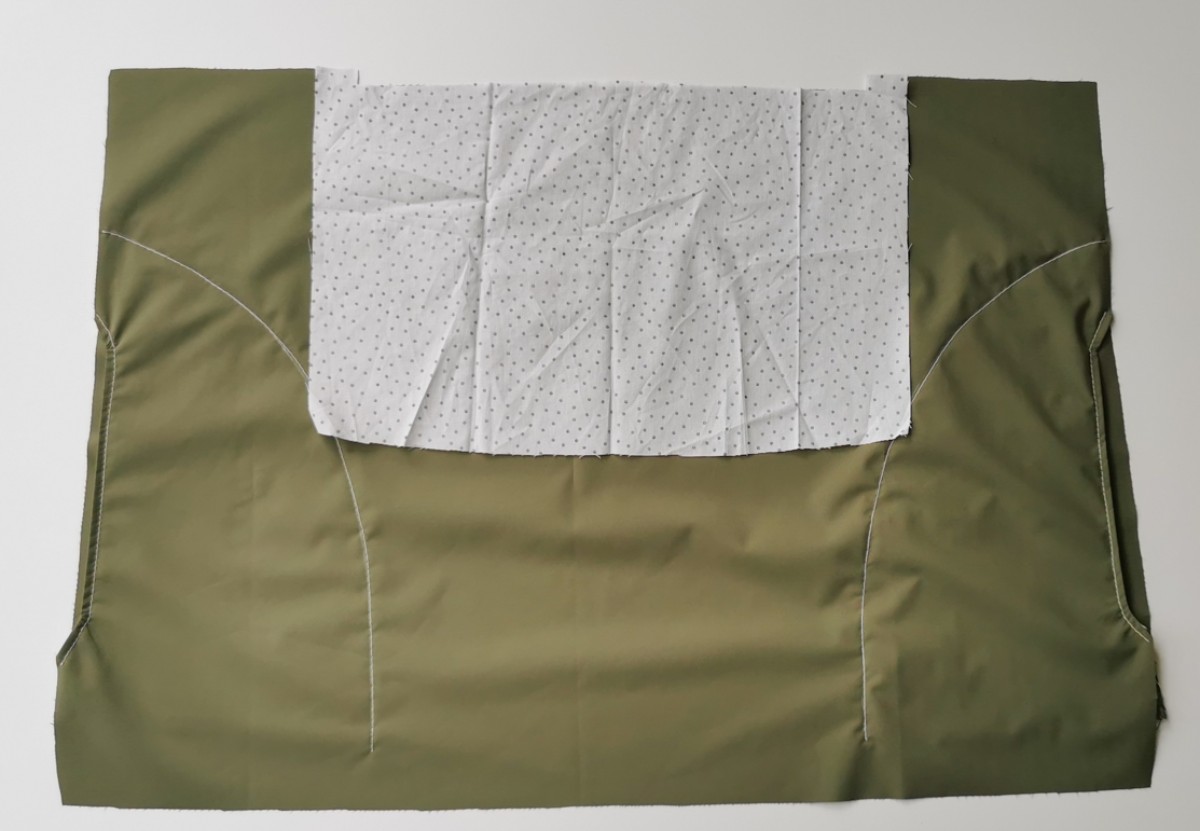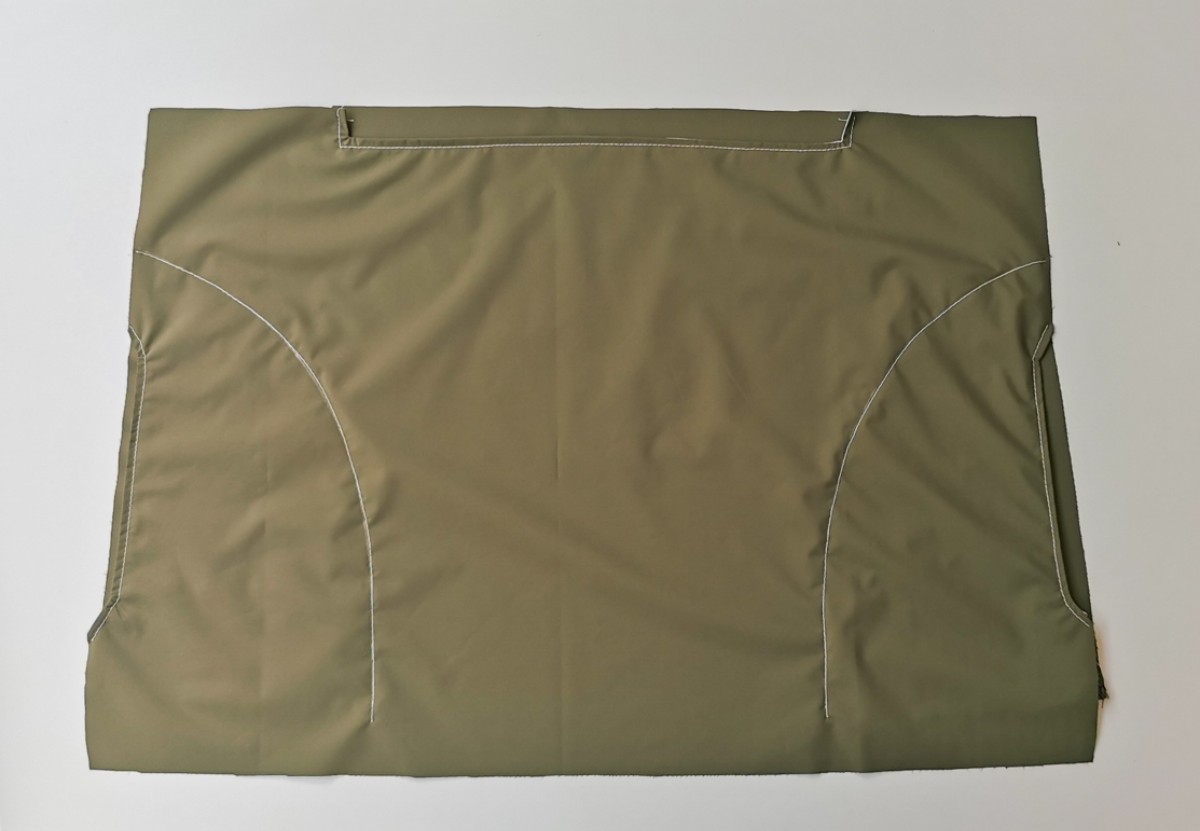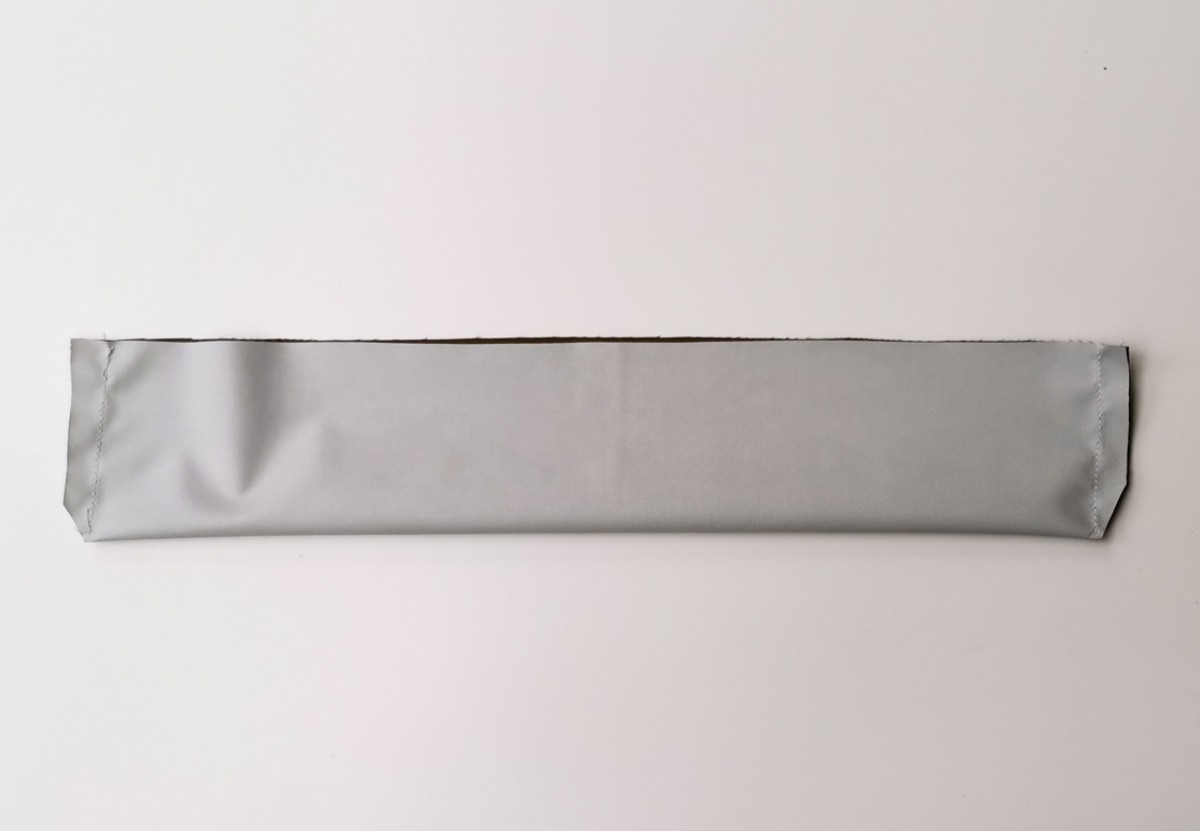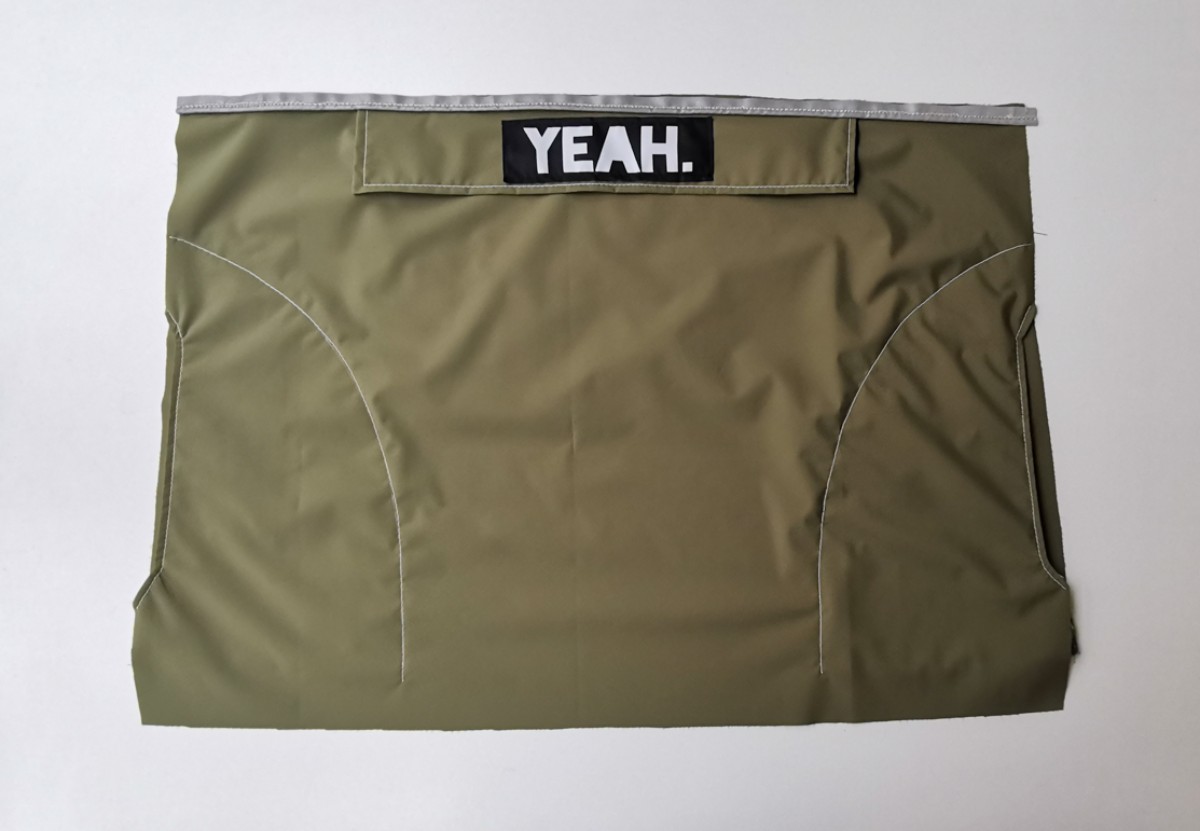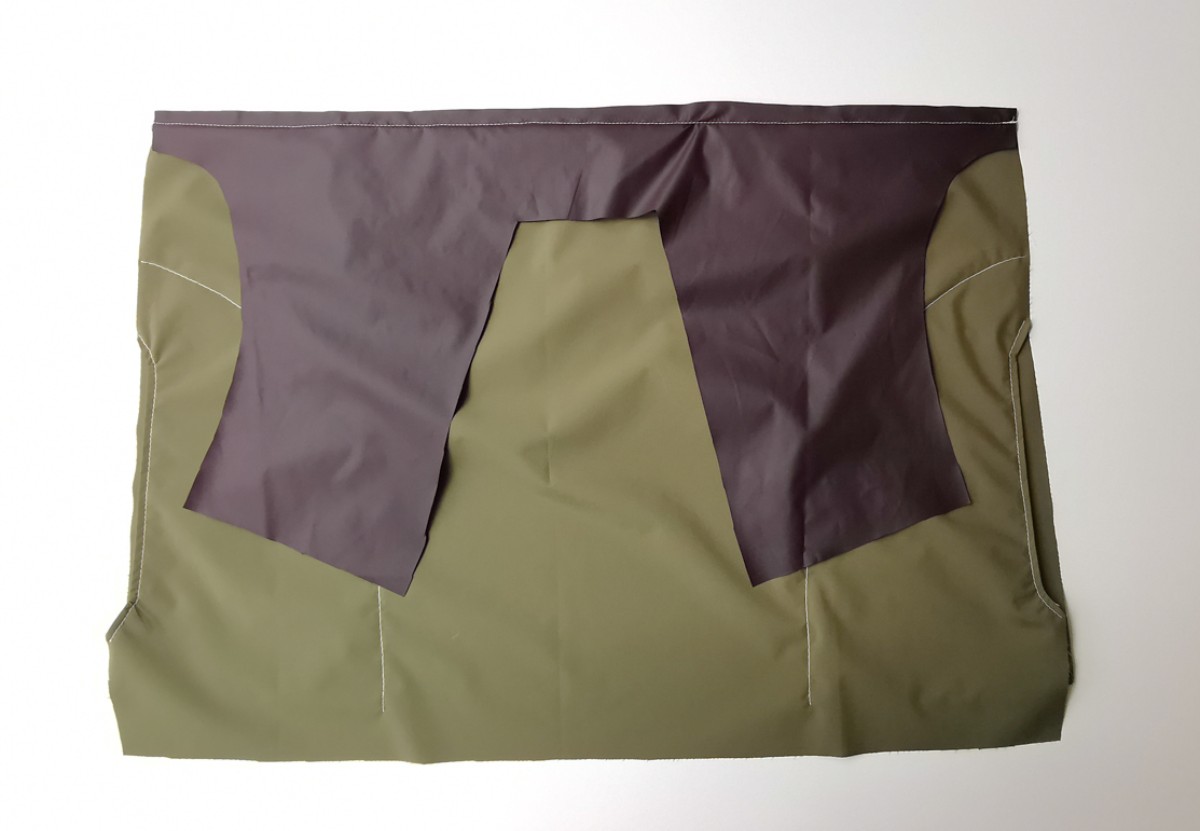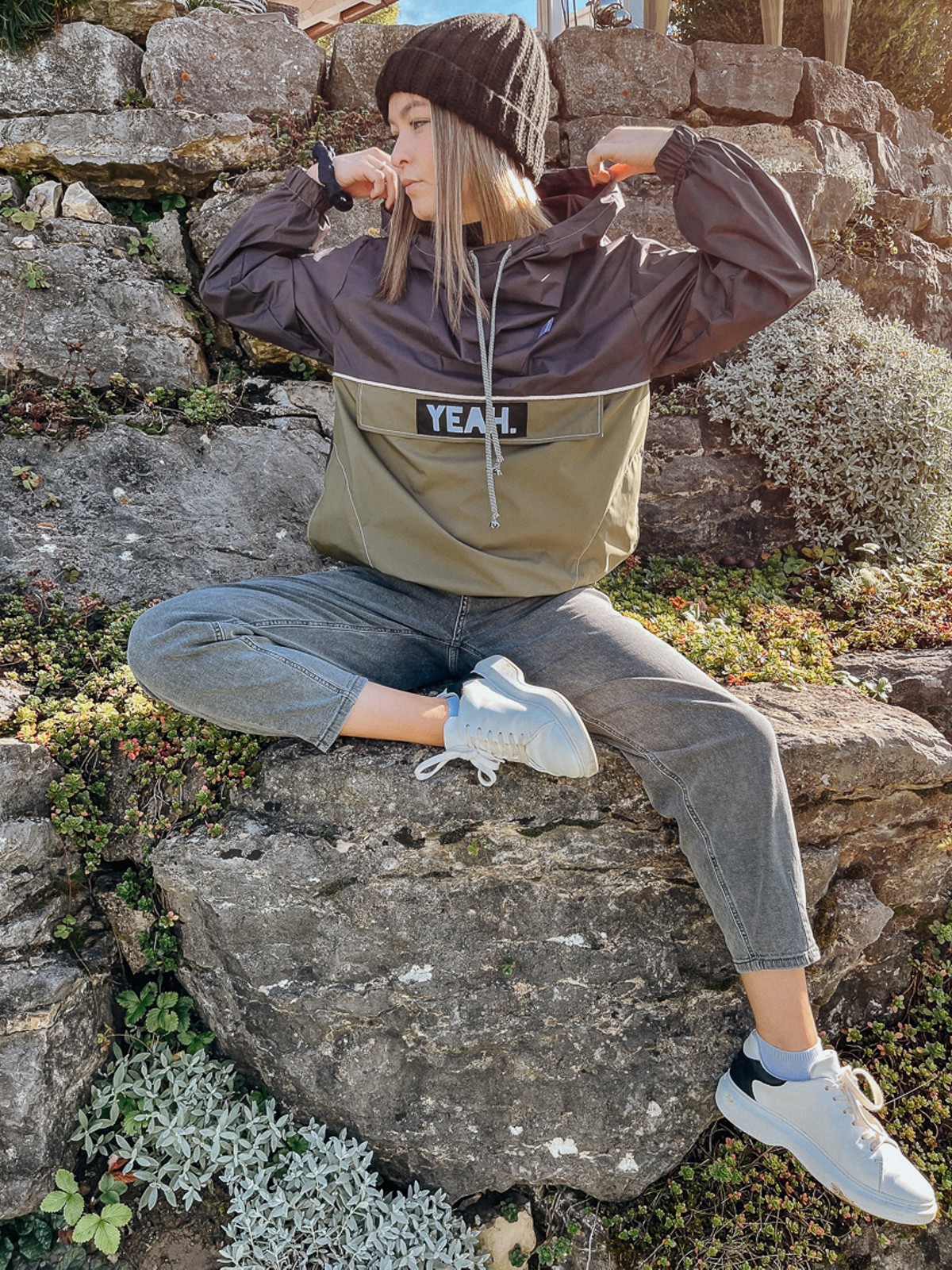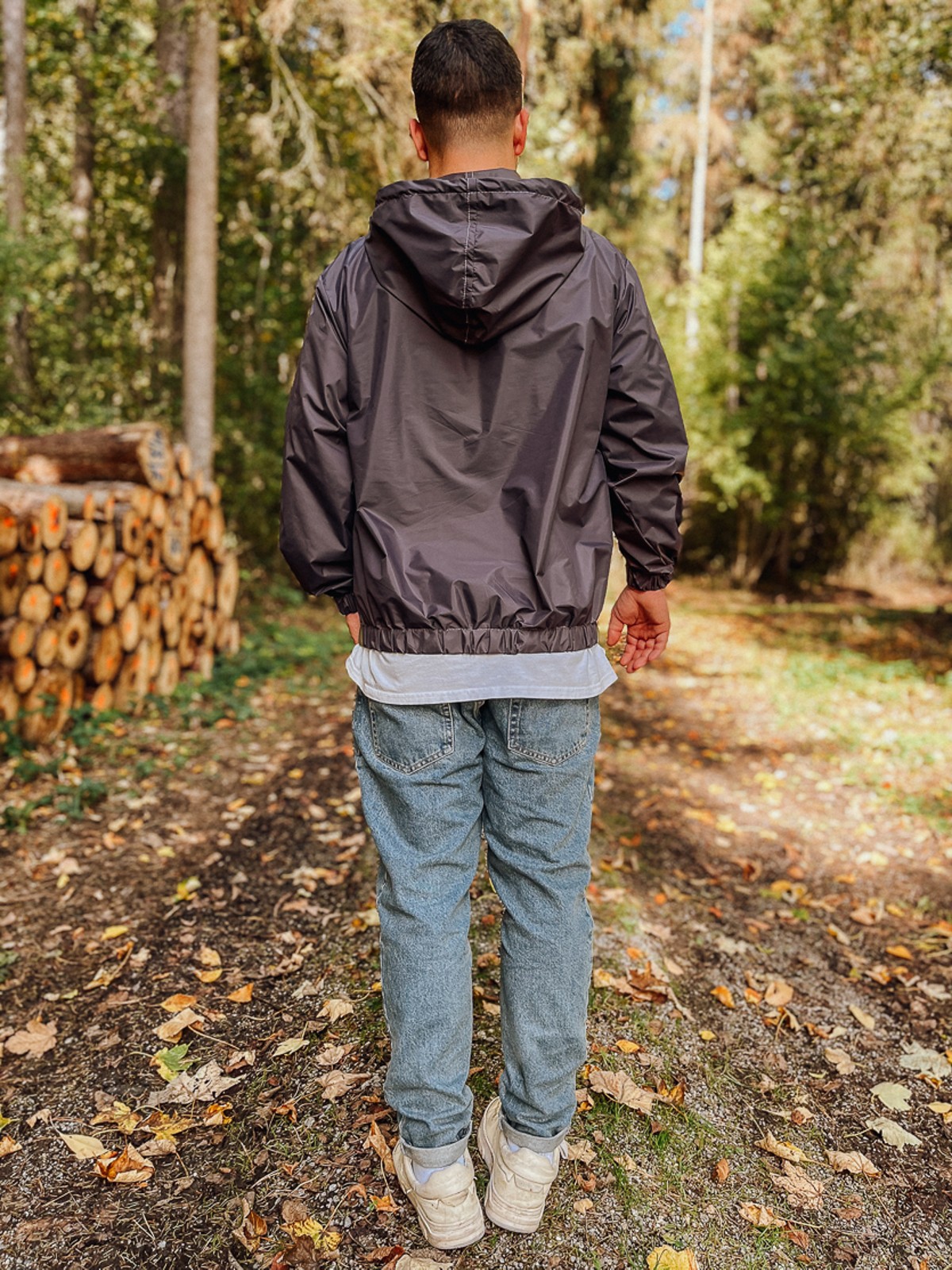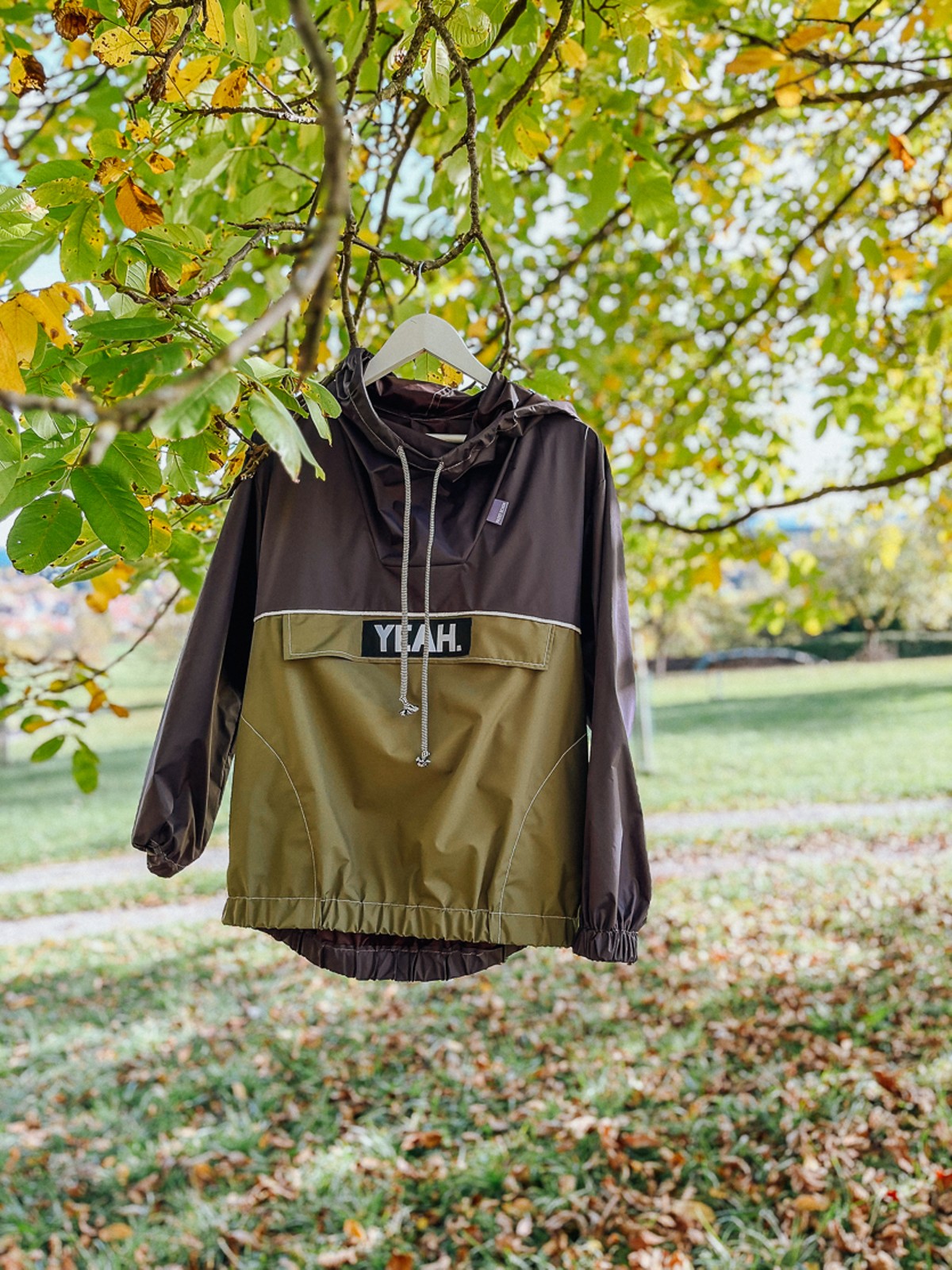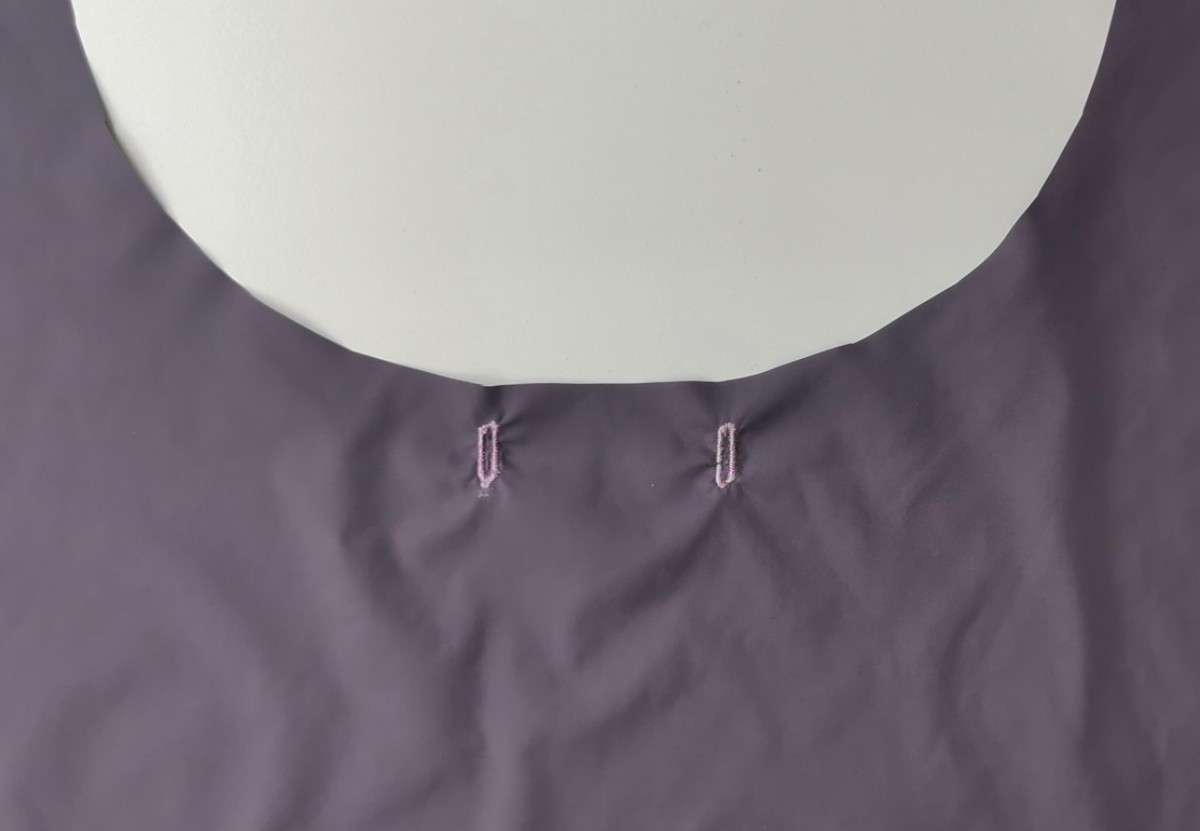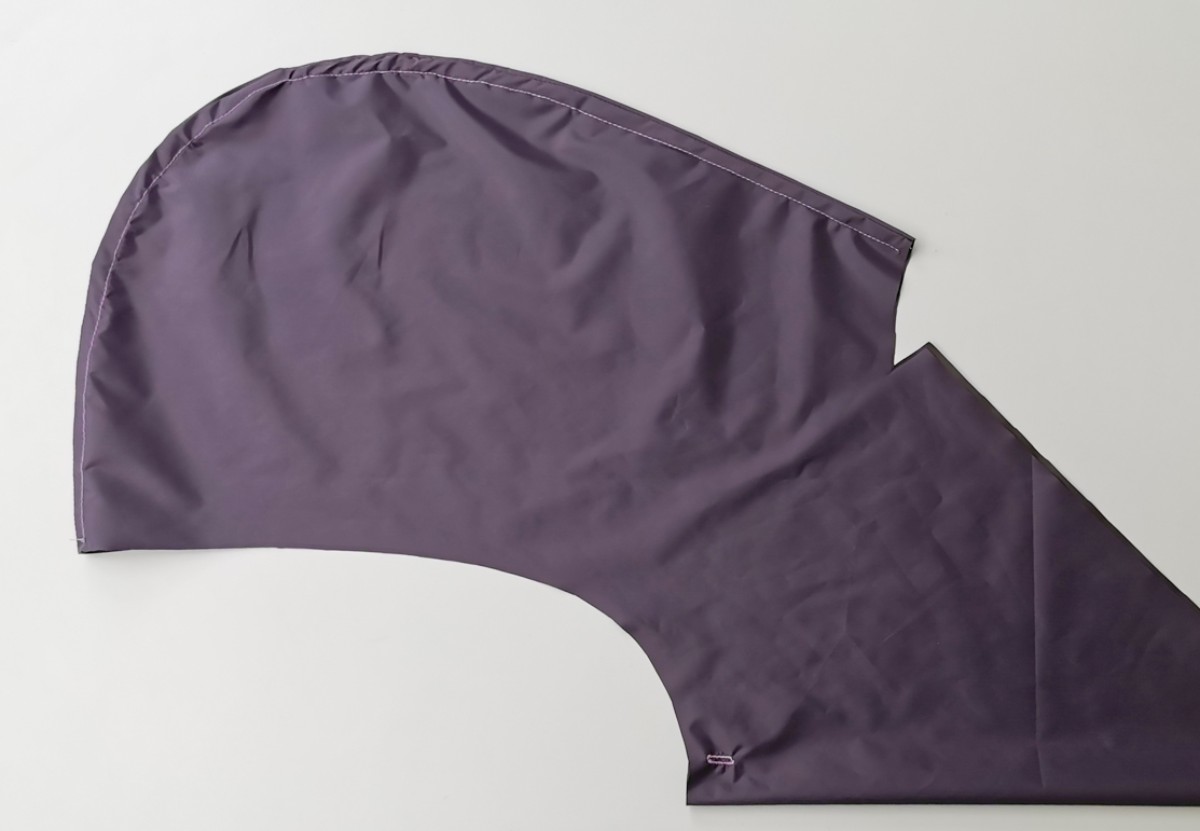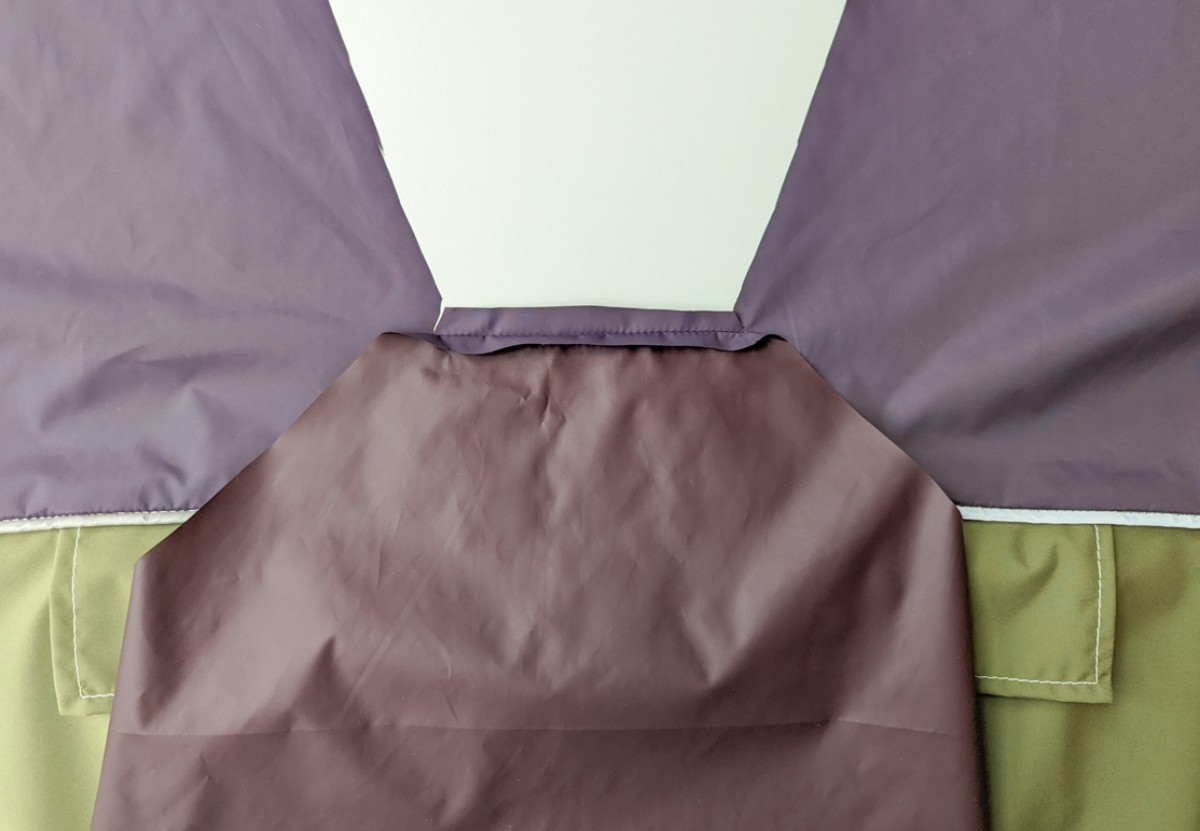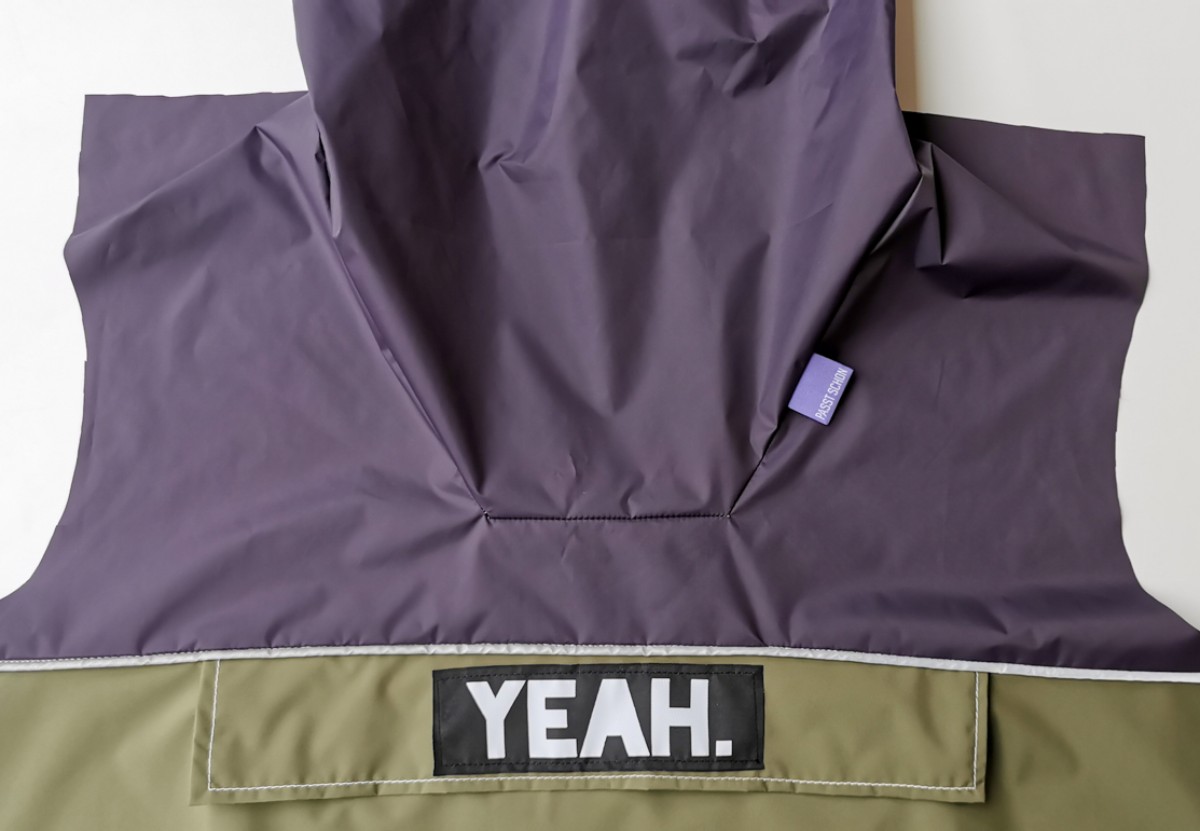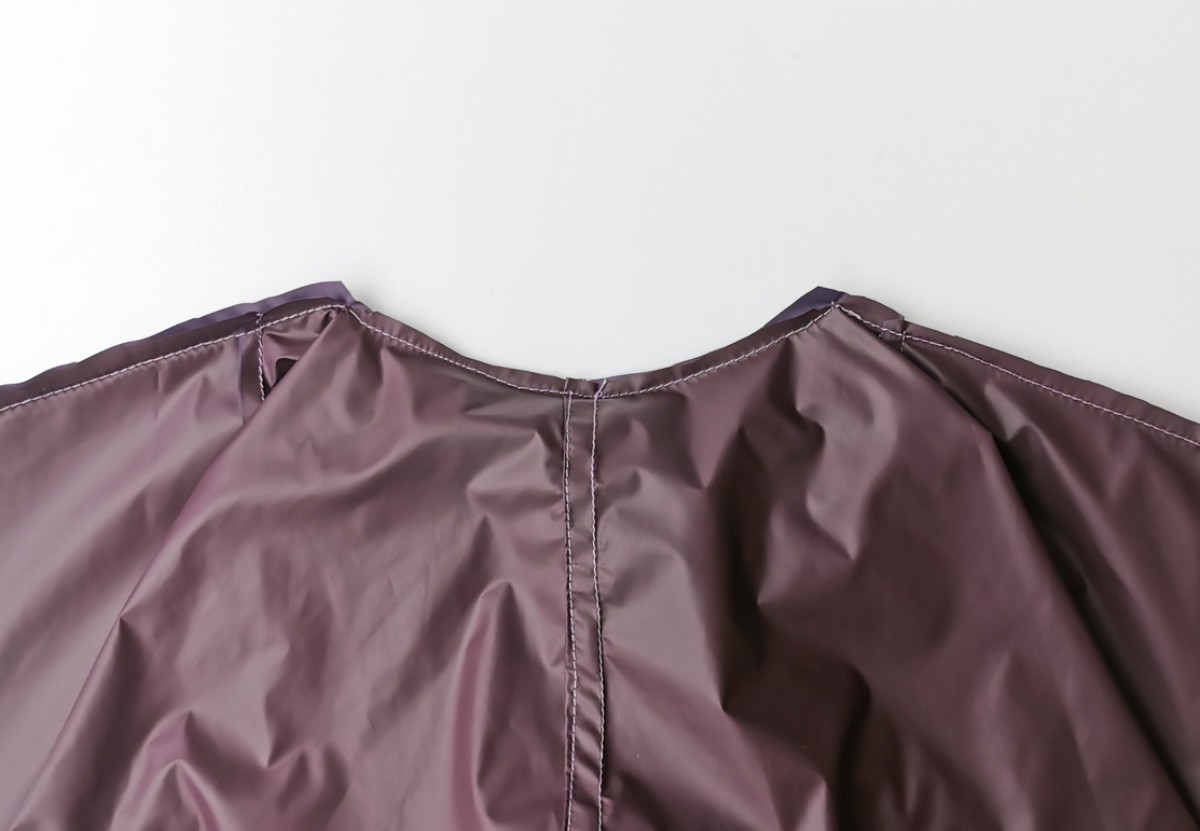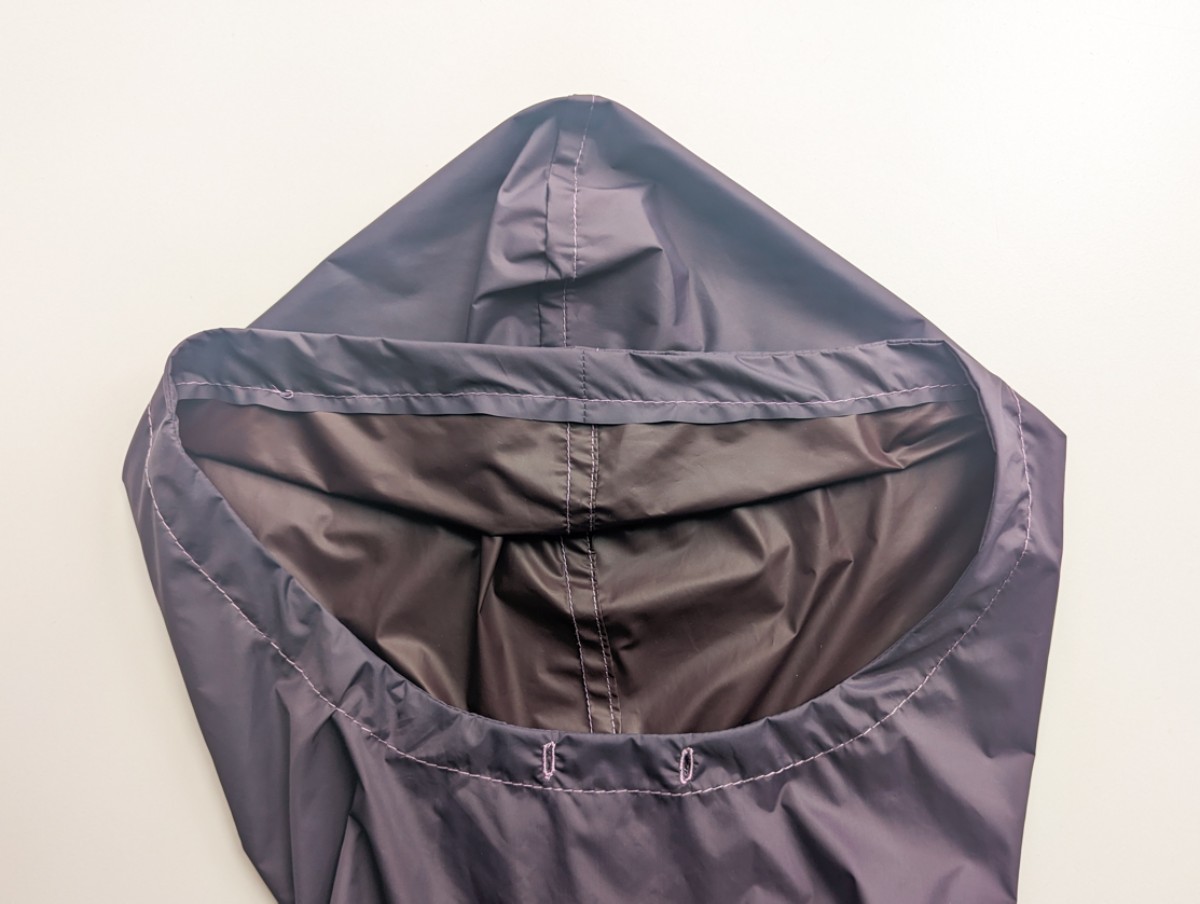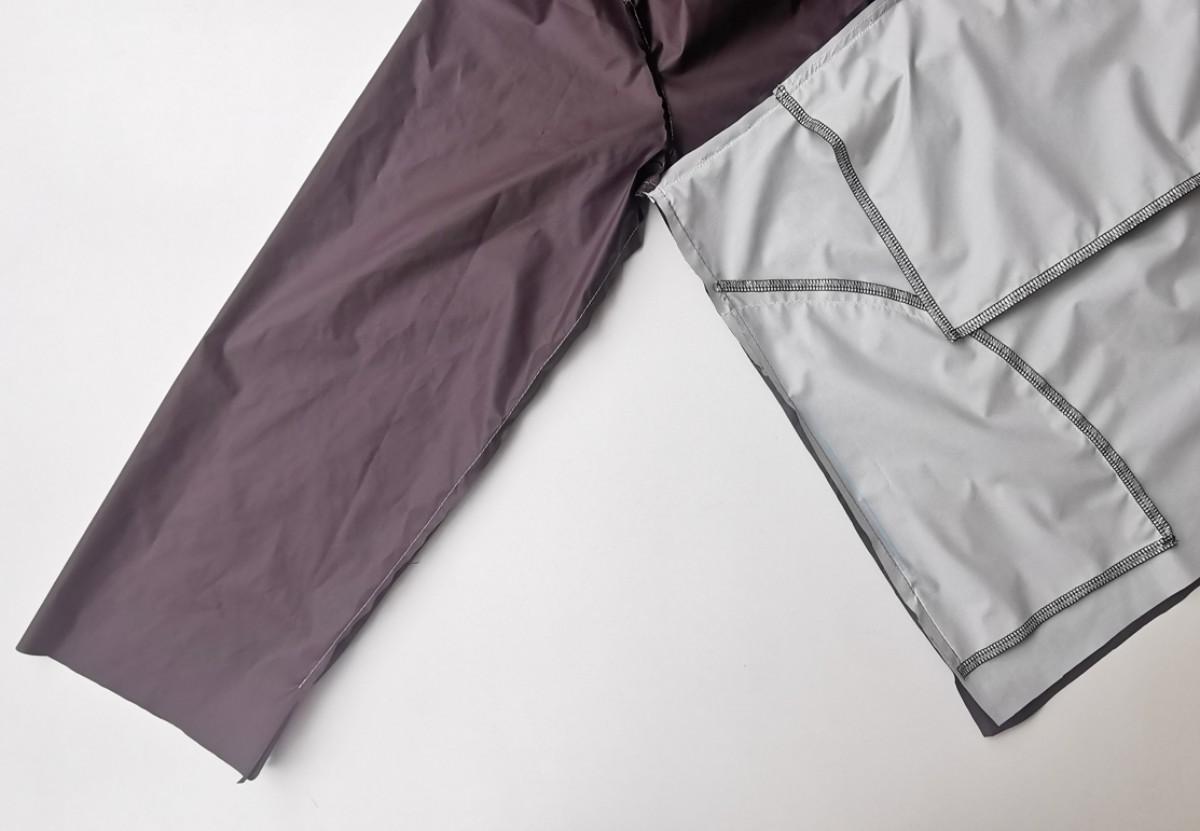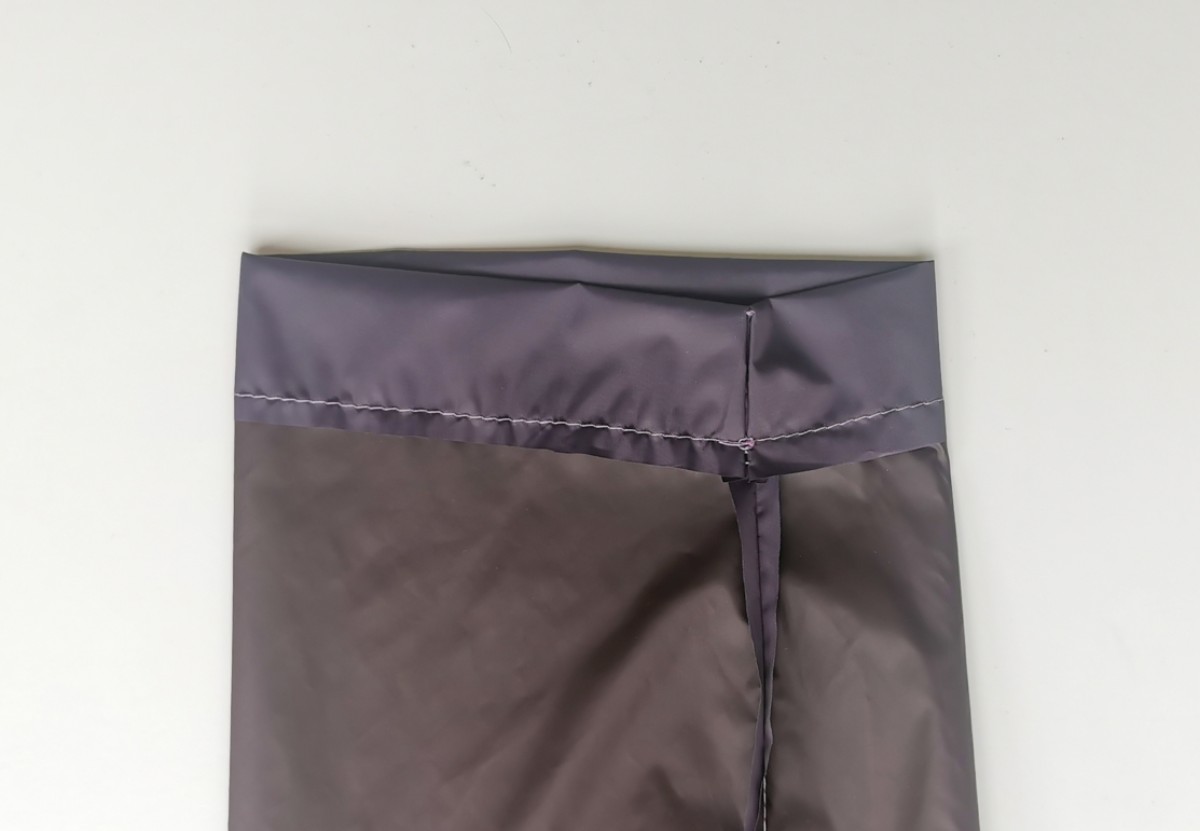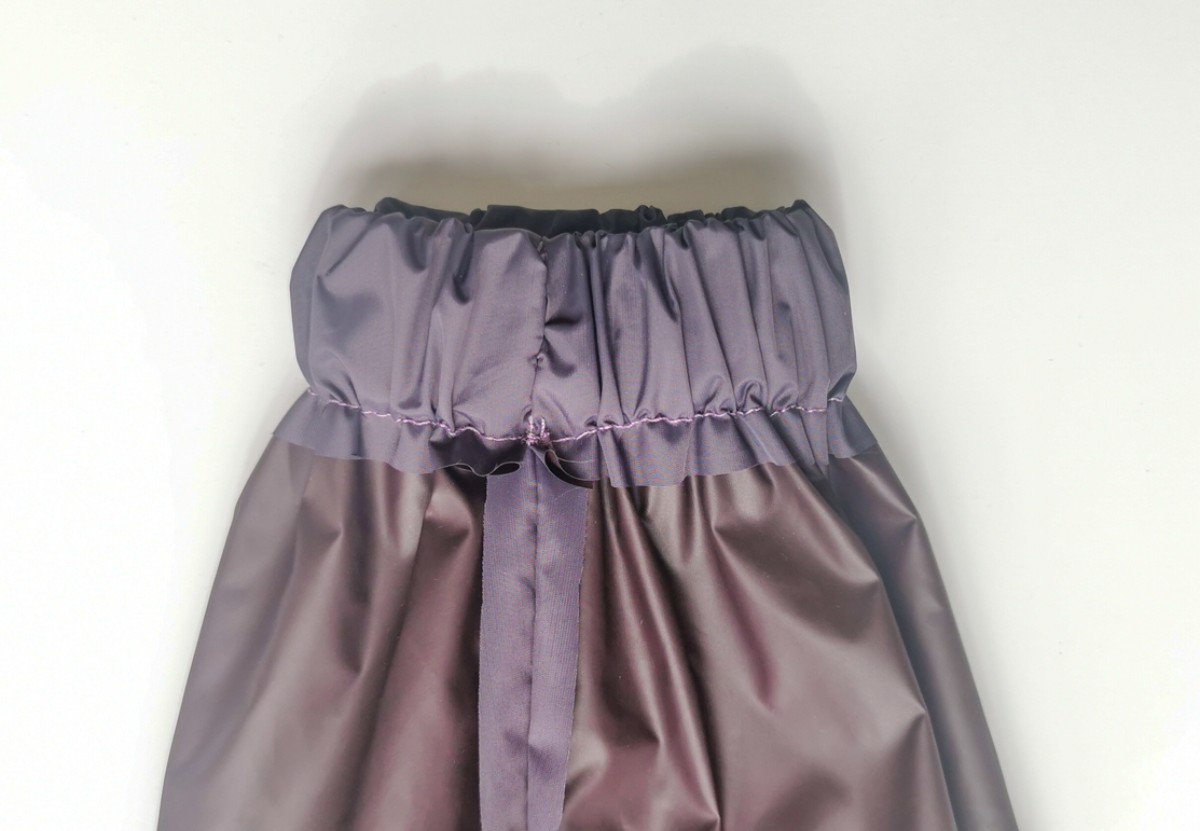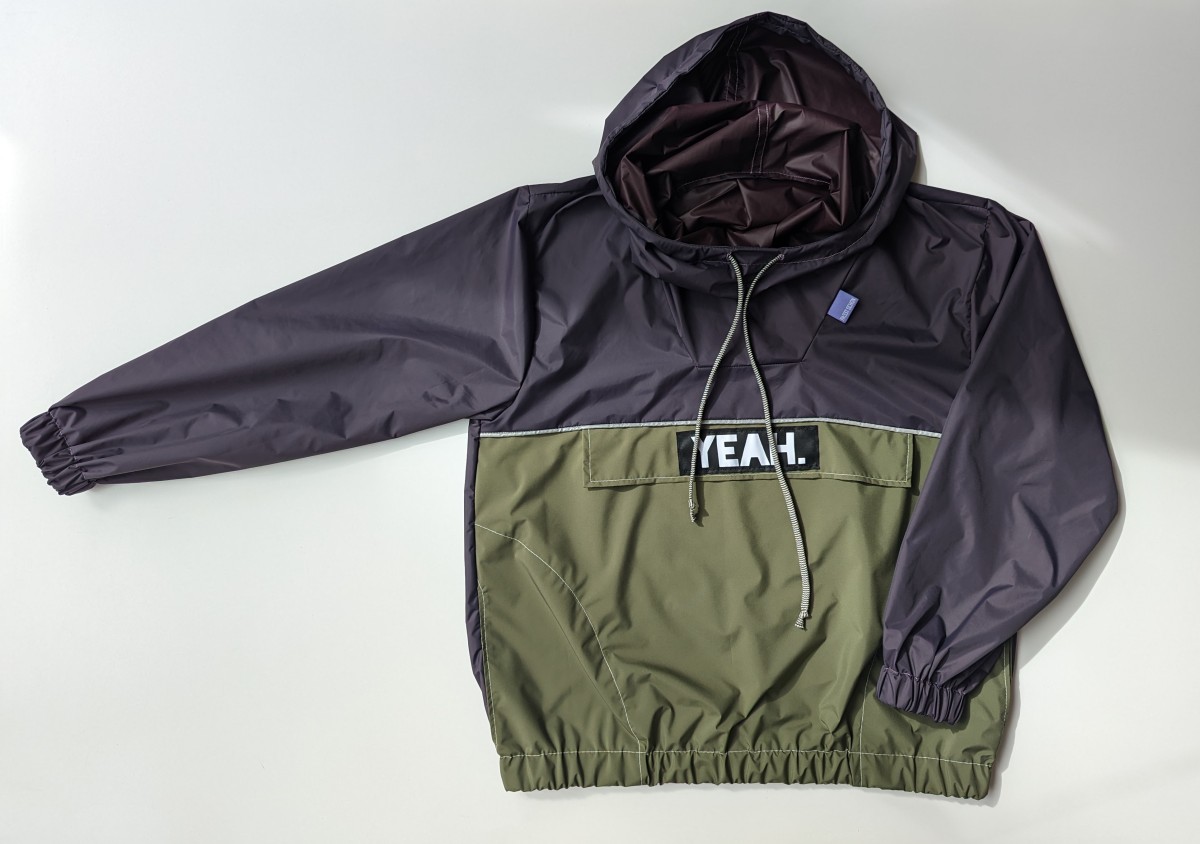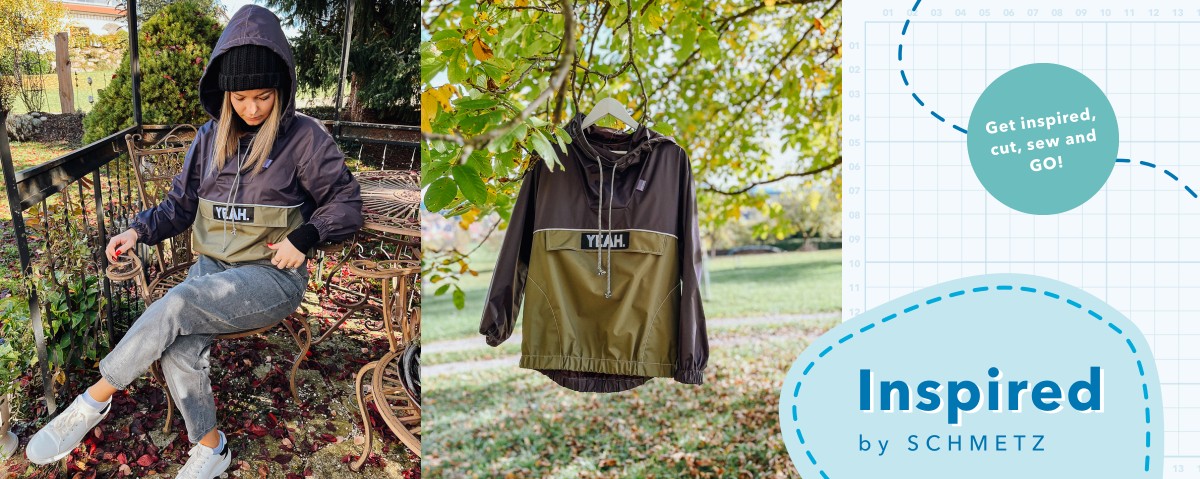
Windbreaker
Have you already entered into autumn with a weatherproof outfit? If you're still looking for the perfect all-rounder, then you've come to the right place. We have a windbreaker for you, with all design options for you to decide. You always cut a fine figure with this pullover anorak in the transition period and cleverly stow away small things in the pockets. With the material selection, creativity knows no bounds – from denim to oilskin or nylon fabrics, nothing is impossible. And should the sun happen to come out, you can stow the whole jacket in the breast pocket using a clever folding technique – so you'll always have it handy when the weather gets nasty again.
#80sstyle #windbreaker #colorblocking #autumnstyles #autumnvibes
Tipp: Reflective elements such as piping, patches or fluorescent sewing thread are always an eye-catcher in the darker months of the year. Labels, color blocking and a great hoodie cord also go great with the pattern. And before you know it, the anorak will be your new favorite piece.
Note: We classify the project in the category of experts. Depending on which shell fabric you choose, the difficulty level will vary, of course. Nylon, for example, is a little trickier to work with than, say, denim. No matter which variant you choose in the end, the pattern is designed for non-stretch fabrics.
What you'll need
- Sewing pattern for download
- Shell fabric, 150 cm width (inelastic):
size XS: 2.05 m, sizes S - M: 2.10 m, sizes L-XXL: 2.15 m
We used nylon fabrics for our anorak. - Cotton, 140 cm width (100 % cotton): 40 cm
- Drawstring 4 mm, 160 cm
- Elastic band 30 mm width:
size XS: 160 cm, size S: 170 cm, size M: 180 cm, size L: 190 cm, size XL: 200 cm, size XXL: 210 cm - SCHMETZ needles suitable for the selected fabric. We chose the Microtex Needle in size 80 for the windbreaker. (The SCHMETZ Needle ABC can give useful information)
- Constrast thread for topstitching
- Interfacing H180
What size fits me?
Important: Our sizes cannot be compared with ready-to-wear sizes. It is very important that you take your measurements before you start.
- Tie a tight threat around your waist and pin the ends together.
- Take notes of your body measurements and use the measurement table to determine your sewing pattern size.
- Compare your body measurements with the table measurements. Your measurements may vary between different sizes. Choose the size closest to your measurements.
- Choose tops (for example dress, blouse, or jacket) according to the size of your bust; pants and skirts according to the size of your hips/waist.
- Always compare the body measurements with the table measurements, never with the paper pattern pieces. All pattern pieces already include a comfortable allowance.
- Are you taller or shorter? You can alter small differences directly on the paper pattern piece.
How to take measurements:
It is best to take your measurements directly on your underwear. Wear a bra that fits. The waist band should not be too tight around the waist (it must still be possible to adjust it).
- Full body length: From to toe.
- Bust: Over the fullest part of the chest. The measuring tape should be placed horizontally around the body.
- Waist: Measure at the waist. The tape should be at the level of your navel. Add 2 cm if you prefer a looser fit.
- Hips: Place the measuring tape around the widest part of your buttocks. The measuring tape should be placed horizontally around the body.
- Back length: Measure from the bottom of the neck (protrudes slightly) to your waist.
- Upper arm circumference: Place the measuring tape around the widest part of the upper arm.
Women's size chart, full body length 172 cm
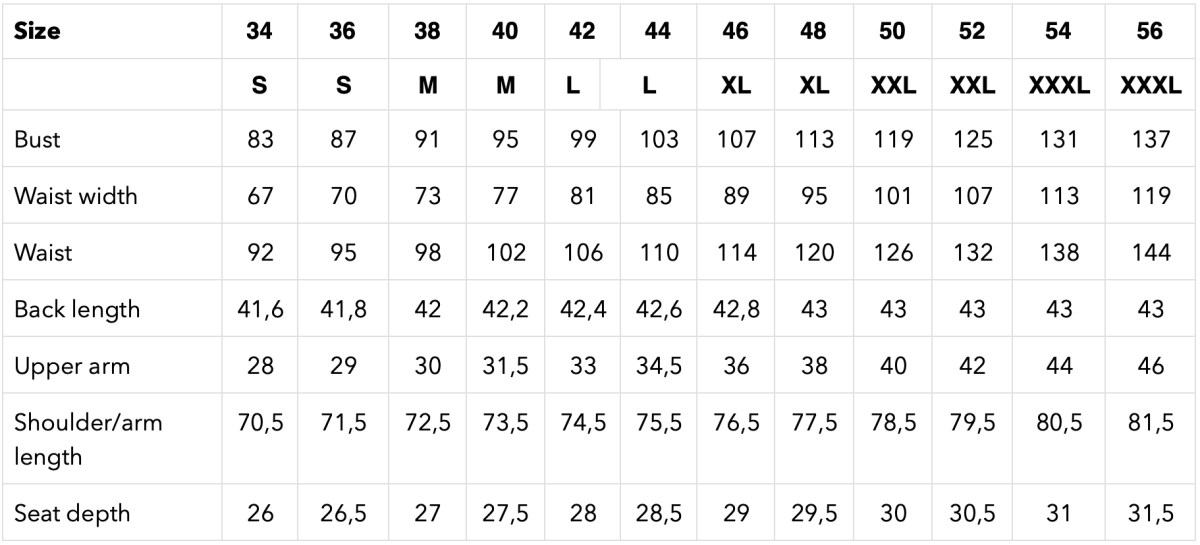
Cutting
Sizes:
XS (S) M (L) XL (XXL)
Length:
69 (70) 71 (72) 72.5 (73) cm
Sleeve length:
80.5 (82) 83.5 (84.5) 85.5 (86) cm
Pattern pieces
Shell fabric:
1: Upper front, 1 x on fold
2: Lower front, 1 x on fold
3: Hood, 1 x on fold
4: Back, 1 x on fold
5: Sleeves, 2 x
6: Facing (hood), 1 x on fold
7: Pockets (side seam pocket), 2 x
8: Pocket pouch (chest), 1 x on fold
Pocket flap (chest): 12 x 35 (35) 36 (36) 37 (37) cm (incl. 1 cm seam allowance)
Cotton fabric:
7: Pocket pouch (side seam pocket), 2 x
9: Pocket pouch (chest), 1 x on fold
Note: Trace the facing for the drawstring / hood in part 3 as extra pattern piece = part 6.
Time to get sewing! Sewing instructions
The sewing pattern includes 4 cm seam allowance for hem and sleeves. Add 1 cm seam allowance for all other edges and seams. All pieces are sewn together right sides together unless otherwise noted.
Sewing pattern: Burda

